Palenque, Colombia: First Free Town in the Americas
About an hour and a half south of Cartagena, Colombia, is the 3,500 town town of San Basilio de Palenque; or Palenque, for short. This unassuming town has been designated a UNESCO World Heritage Site for a pretty incredible reason. It is “the first free town in the Americas”.
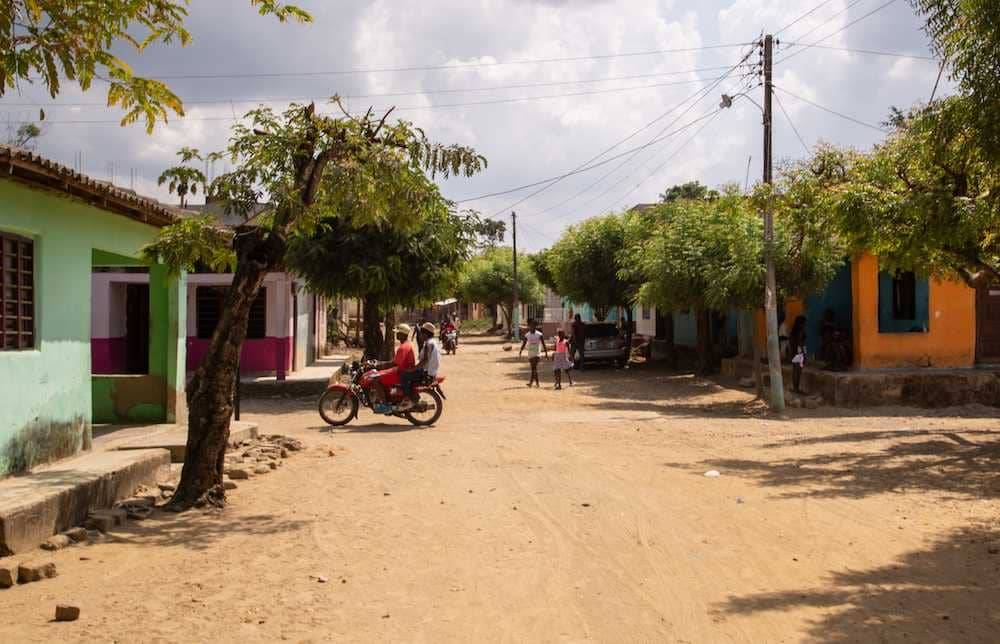
You see, Cartagena, for all its romantic old city beauty, was also a site of egregious human suffering. As one of the main, if not the biggest, entry port for Spaniards into their South American colonies, it was also typically the first entry point for African slaves forcibly shipped to the “New World”.
Disclaimer: Lose the Map contains affiliate links and is a member of Amazon Services LLC Associates Program. If you make a purchase through an affiliate link, I receive a small commission at no extra cost to you.
Many broke free and escaped far into the Colombian jungle. These freed slaves were the founders of Palenque, a one-of-a-kind town absolutely nothing like the country around it.
Why? Read ahead…
Trigger warning: This post will reference slavery and some of its practices
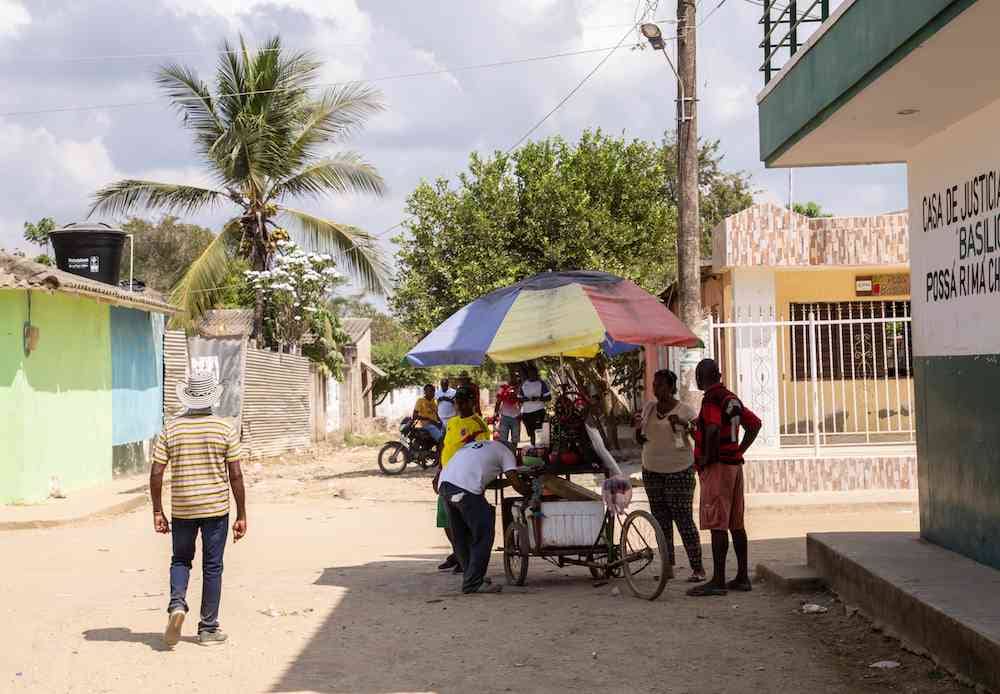
I apologize in advance for the photos; my DSLR failed on me and I had to use my GoPro for everything.
The Beginning: Benkos Biohó Revolts
Spain brought the slave trade to Cartagena in the 1520s, after European invaders had wiped out the native population and found themselves needing manual labor.
Sidenote: I realize almost every post I write about South America inevitably touches on the awfulness of colonial Europeans, and it’s depressing but necessary to repeat.
A Spanish ship brought over Benkos Bioho, said to be an African king, in 1599. Shortly after, he revolted with around thirty other slaves and escaped the Spanish settlement, fleeing into the blazingly hot and humid Colombia jungle. Unable to find Bioho, thwarted in their attempts by the harsh climate and difficult roads, the Spanish abandoned their pursuit.
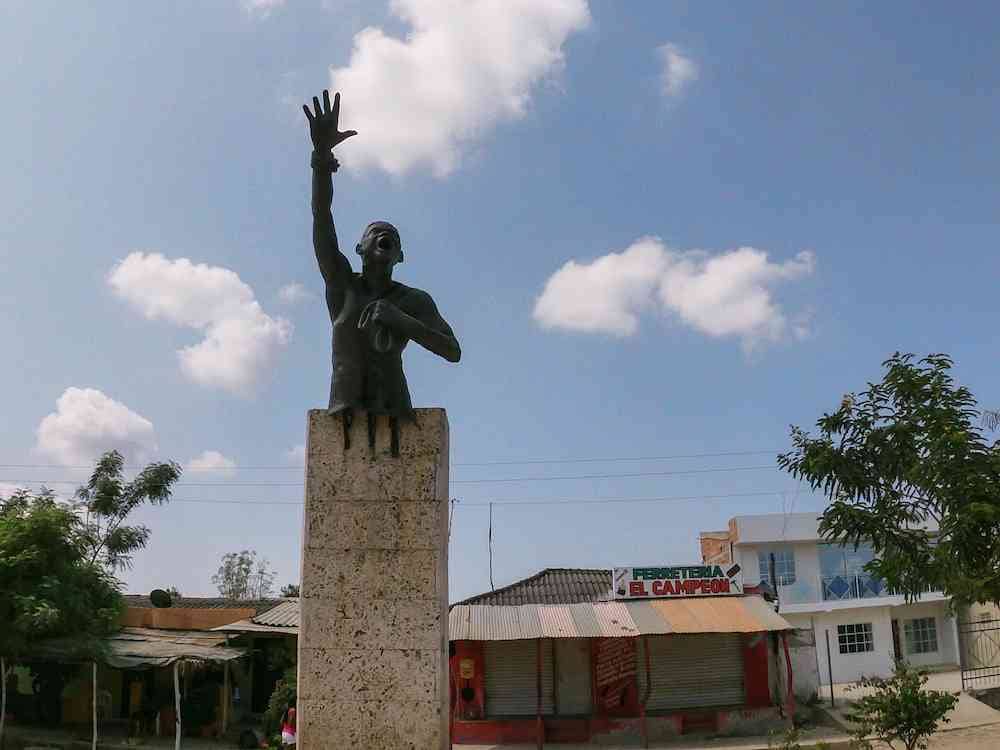
Thus, Bioho and the others established San Basilio de Palenque. The meaning of “Palenque” in English was “fortified settlement”.
In this town, Bioho and the others lived in freedom and peace, more than two hundred years before Colombia achieved its own independence. They were in fact so successful at retaining their freedom, they helped countless other slaves escape Cartagena and join them in Palenque as well.
Long Story Short: Spain Gives Up
In order to keep some kind of balance in the region, Spain signed a peace treaty with the Palenqueros in 1605. Sixteen years later, Spain broke the treaty by capturing and hanging Bioho.
This enraged the Palenqueros, who waged a guerrilla war against Spain for the next 70 years. They helped free hundreds, if not thousands of other slaves during this time. After decades of this ongoing situation, Spain had just about had it.
In the late 1600s or early 1700s (sources disagree), Spain made a deal with the residents of Palenque. It issued a Royal Decree guaranteeing the Palenqueros’ freedom if they would stop helping other slaves escape.
Thus, the free lands of Palenque were allowed to survive and thrive independent of the European colonialization around them.
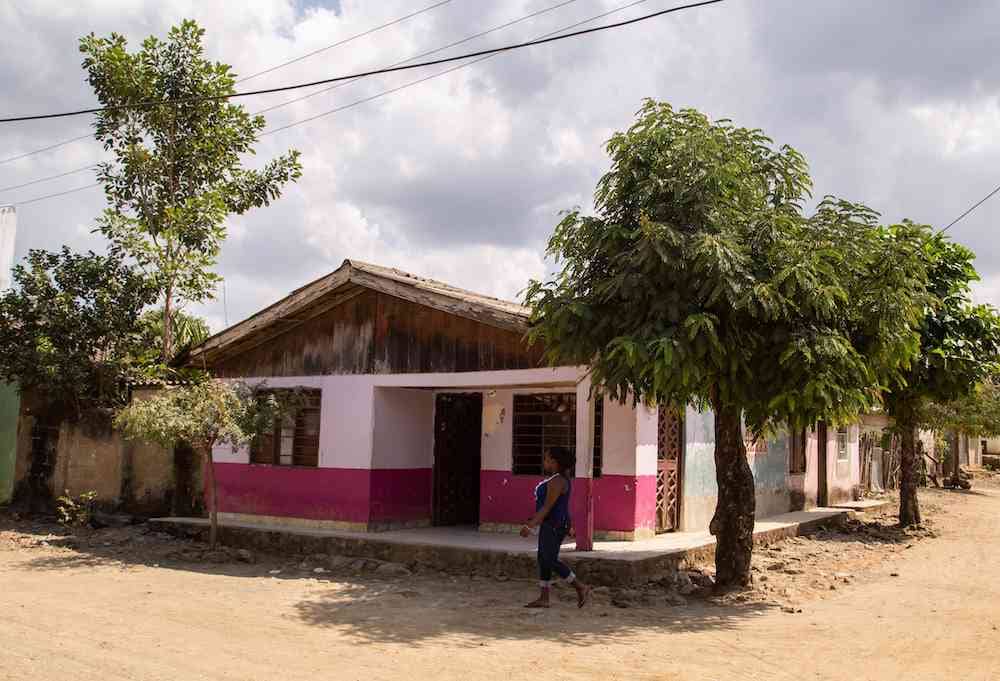
Though many “palenques” existed in Latin America, San Basilio de Palenque, Colombia, is the only one that survives to this day. And as such, it gives us a fascinating glimpse into a very distinct culture.
Palenque, Colombia Today: A Town Like No Other
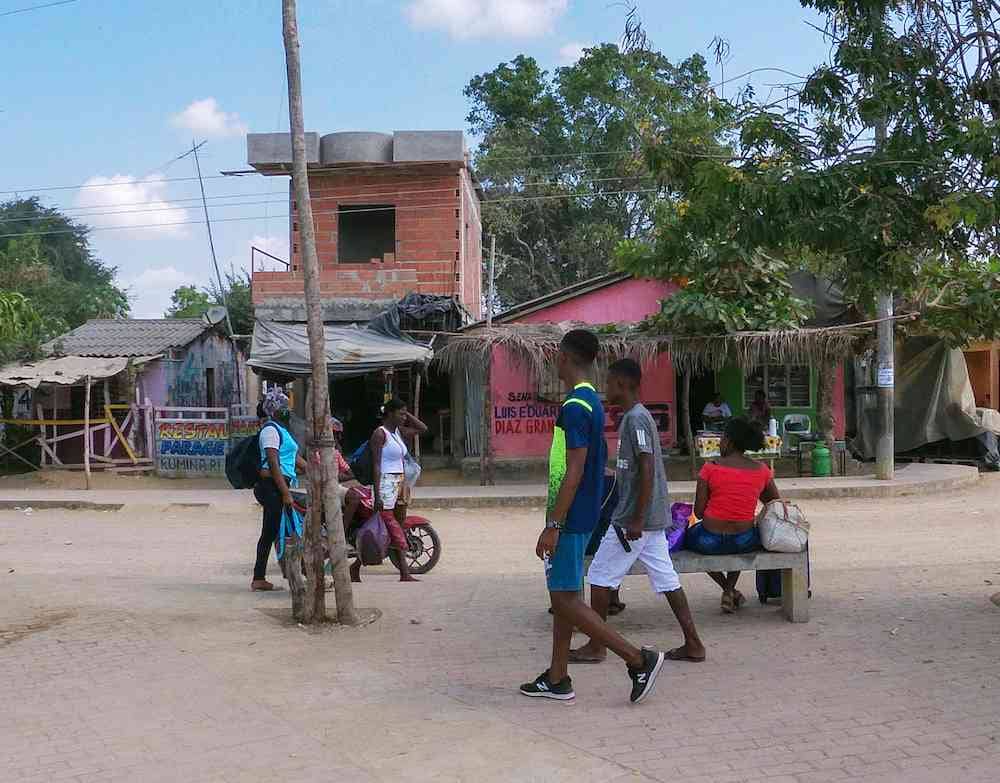
As we got off the bus and stepped onto the dirt road, the heat and humidity that had already been testing my sweat glands in Cartagena felt ramped up by 150%. I immediately understood why this town had been a safe haven from any potential pursuers.
The first thing I saw was a church by the main town square. Apparently, this was misleading.
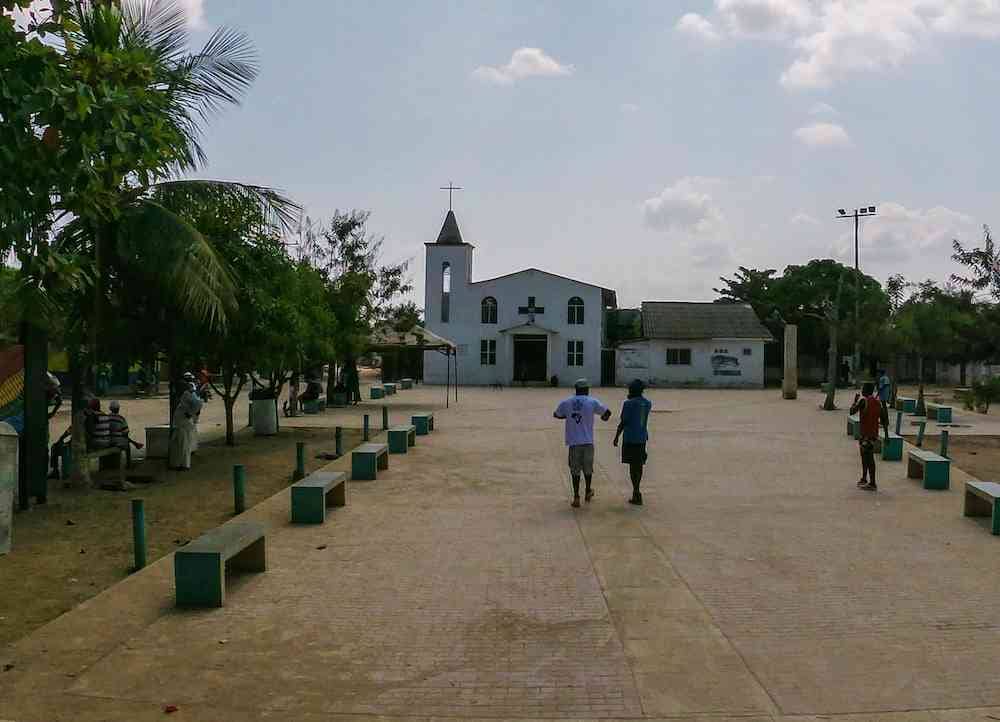
Our guide with Juan Ballena tours explained that 90% of people in Palenque practice African religions. Only 10% go to Catholic Church.
One of the most widespread practices in Palenque is Cabildo Lumbalú, where a brotherhood of elders is in charge of burial rites. It involves a specific style of music and practices reminiscent of many traditional African beliefs.
This was the first indication of how Palenque had kept its cultural heritage intact while surrounded by European colonists.
Music, Language, and Cultural Independence
Palenque has produced some incredible artists and musicians. One of their most well-known groups, Kombilesa Mi, mixes Colombian rhythms with the local Palenquero language for a truly original sound.
Part of the reason they rap in Palenquero is to preserve this unique dialect, a Creole language influenced by Bantu languages, Spanish, French, Portuguese, and English.
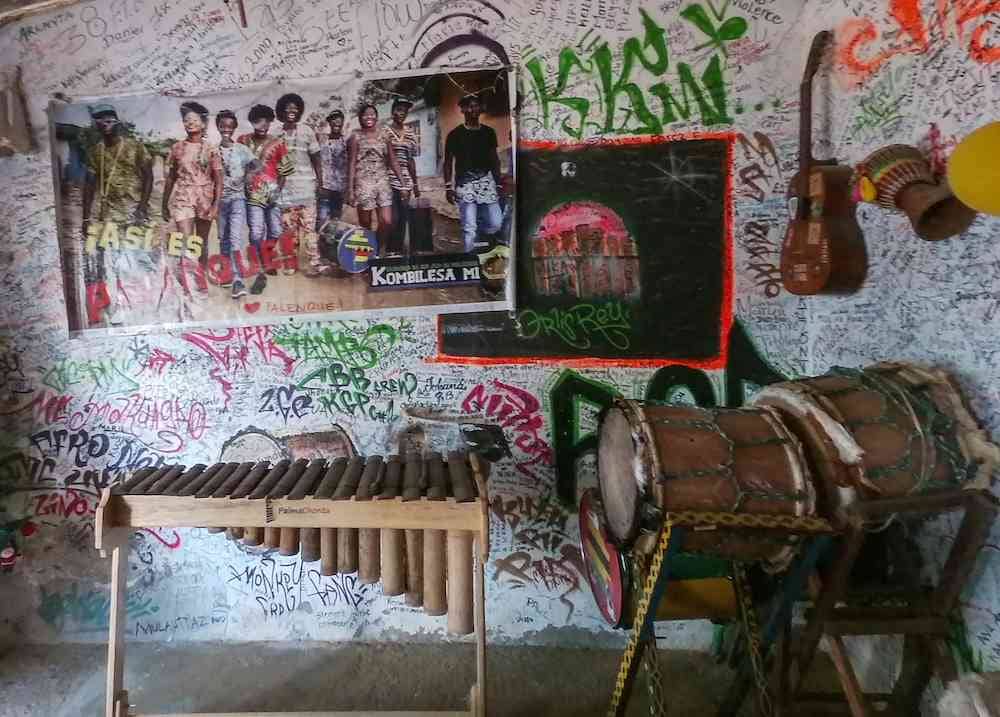
You see, Palenque is specifically designated as a Masterpiece of the Oral and Intangible Heritage of Humanity by UNESCO. The music and language that originate here, and only here, are the soul of the town.
We were shown around the cultural space, which houses a lot of the instruments used in local music. Most are influenced by traditional African instruments.
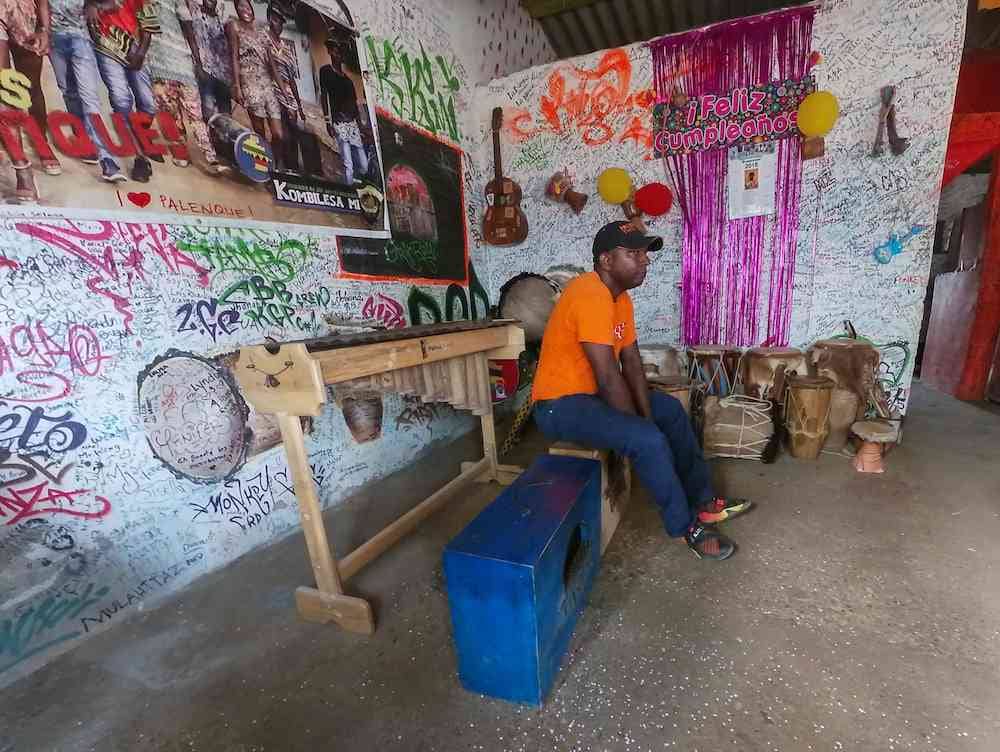
This is where it really started to hit me that without the ravages of slavery, this is how African cultures could have likely been retained and preserved in the Americas. After all, slavery wasn’t just about physical brutality and violence. It was about breaking peoples’ family ties, cultural ties, languages, religions, traditions – breaking the spirit of an entire people so there was nothing left to hold on to.
The founding members of Palenque, however, escaped so soon after being brought into slavery that their culture, language, and traditions remained fully intact. Those that came to Palenque, for the most part, had been born free in Africa.
I am wary about speaking at length on this subject, as a white girl without the psychological trauma caused to the descendants of those held as slaves. I will say though, as we were a group of mixed ethnicities and races visiting Palenque, that it may be a very emotional visit for those whose ancestors were slaves.
Black Pride in Palenque, Colombia
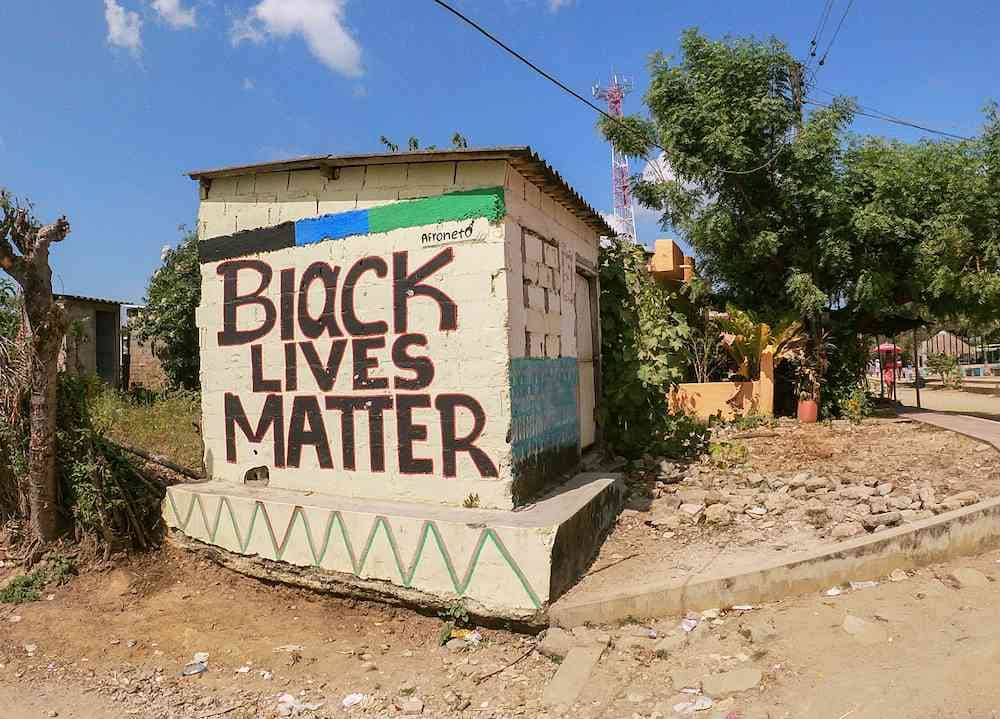
There is a great sense of pride in the Afro-Colombian community of Palenque. Almost every piece of street art you encounter relates to it.
In a country like Colombia, where just over 10% of the population is Black, where colorism, racism and discrimination are unfortunately major issues (as they are throughout the world), it’s a welcome and beautiful sight.
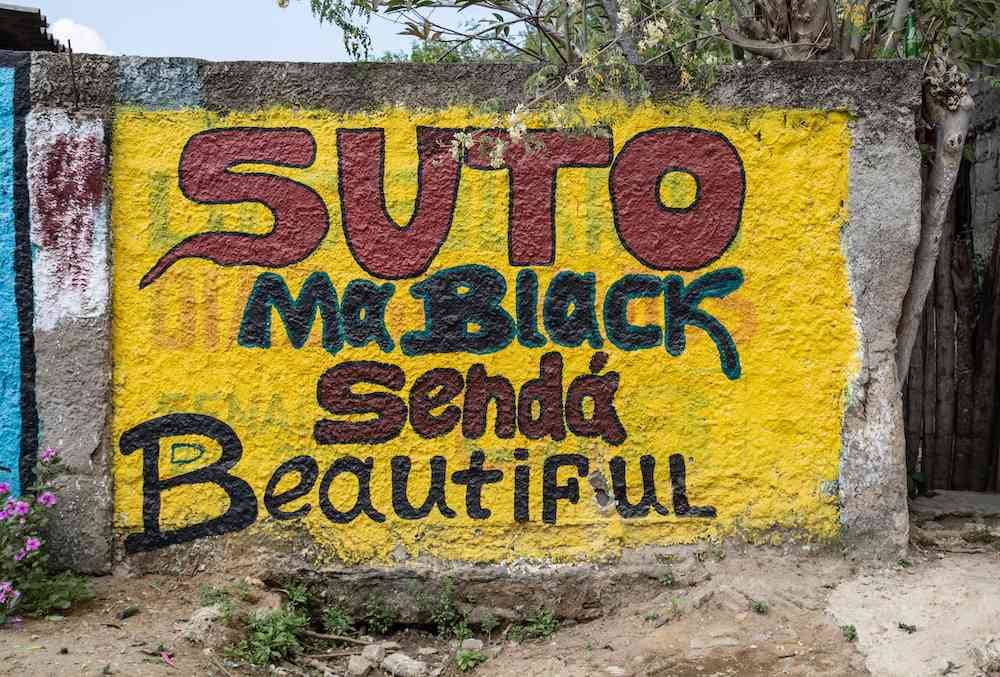
Black Lives Matter has a strong presence here too. It’s incredible to see the universality of the movement, and disheartening to also recognize the universality of the problem.
There is quite a lot make the people of Palenque proud. That this small town has such an outsize influence on the country around it, via its music, via its language, via its food, via its culture, is astounding.
And if you ask locals, this next guy might make them proudest of all.
Kid Pambele: The Golden Boy of Palenque
If you are a boxing fan, you know Kid Pambele. No two ways about it.
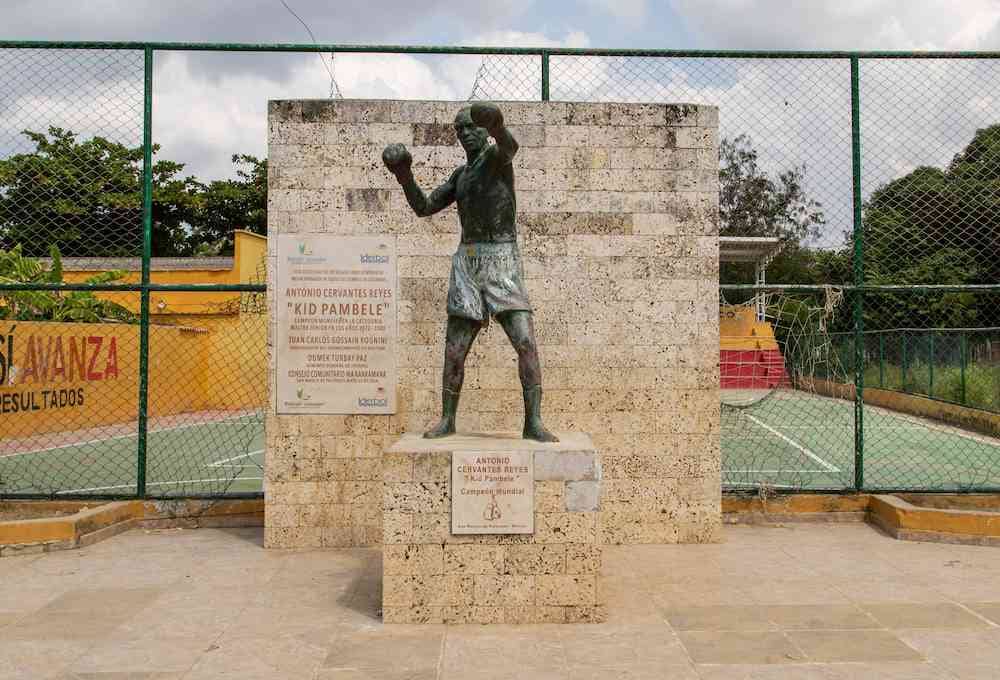
Full name: Antonio Cervantes Reyes. Born: 1945. Birthplace: San Basilio de Palenque.
Coming from a rough background where he sold cigarettes and shined shoes to make ends meet, he eventually made it to the International Boxing Hall of Fame.
Reyes, nicknamed Kid Pambele, was a two-time world welterweight champion, and kept the 140 pound title for eight years.
In a country with deep racial issues, he was declared Colombia’s Fighter of the Century, becoming a major source of pride for Afro-Colombians, and especially for the inhabitants of Palenque.
He was by all accounts a pretty impressive man outside the ring as well. After he and a female friend had an accident on one of his boats, he saved her life. His legacy remains a large source of pride for Colombia, and Palenque specifically.
Problems Facing Palenque
Despite the incredible creativity and pride flowing from Palenque, the town faces some very real challenges. Especially in preserving the intangible cultural heritage of the town.
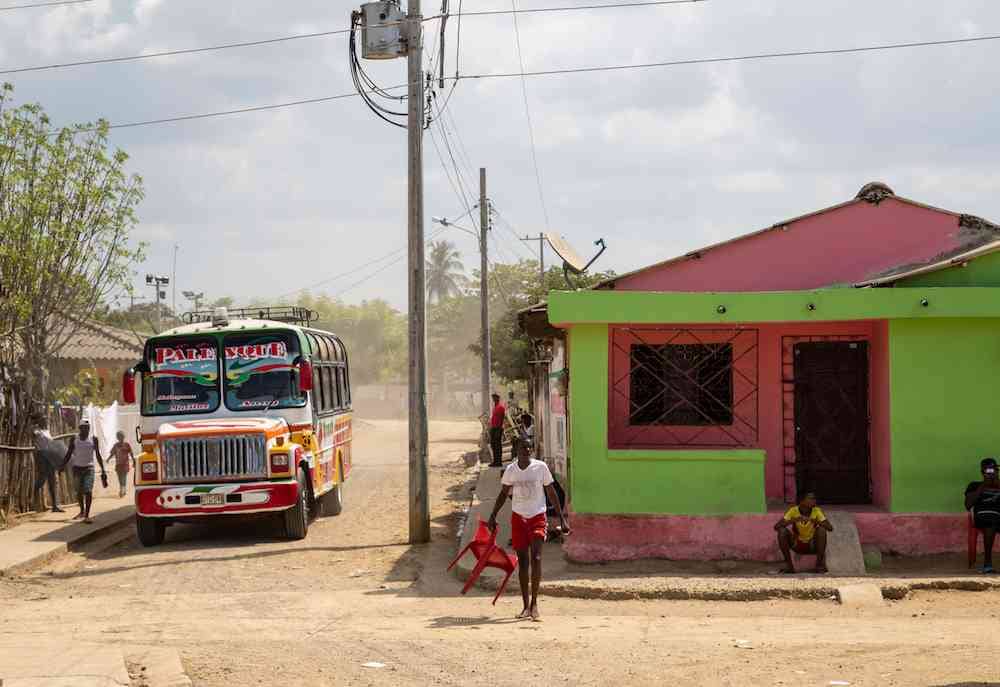
The Palenquero language is slowly losing speakers. Currently, only 33,000 people worldwide speak it. Until 1994, Palenquero was strictly an oral language. Locals started to write it down, partly to convince the government to incorporate Palenquero into educational curricula and take it more seriously.
Even though the diaspora from Palenque is much larger than the 33,000 speakers, many Palenqueros find that when they move to large Colombian cities for work, they are discriminated against. Thus, they encourage their children not to speak Palenquero and to integrate more into Colombian society.
Why are so many from Palenque moving into big cities? Well, the conditions that helped make Palenque a safe haven for escaped slaves have also made it financially challenging to live there today. The surrounding jungle isn’t conducive to much cultivation. The distance from major cities and dirt roads make access to jobs and markets difficult.
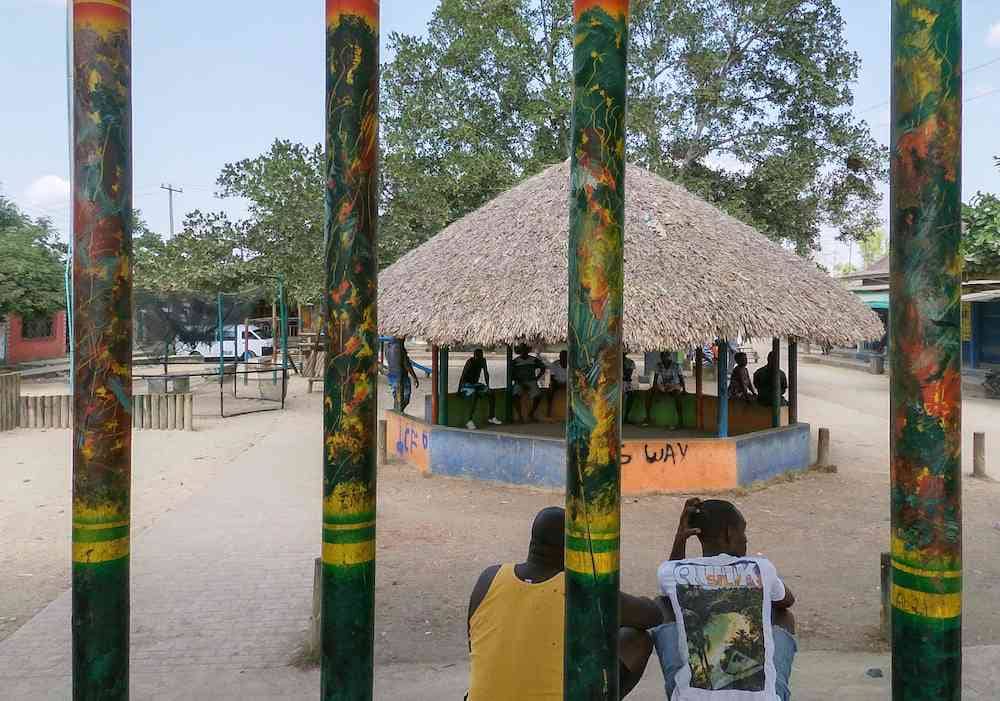
Despite this, many Palenqueros are making active efforts, via music and education, to preserve their language, cultural independence, and traditions.
In fact, many continue to make the long commute back and forth between Palenque and Cartagena because they love their hometown that much. In the streets of Cartagena, you might have seen the well-known and very visible Palenqueras: women dressed in bright, colorful dresses selling fruit.
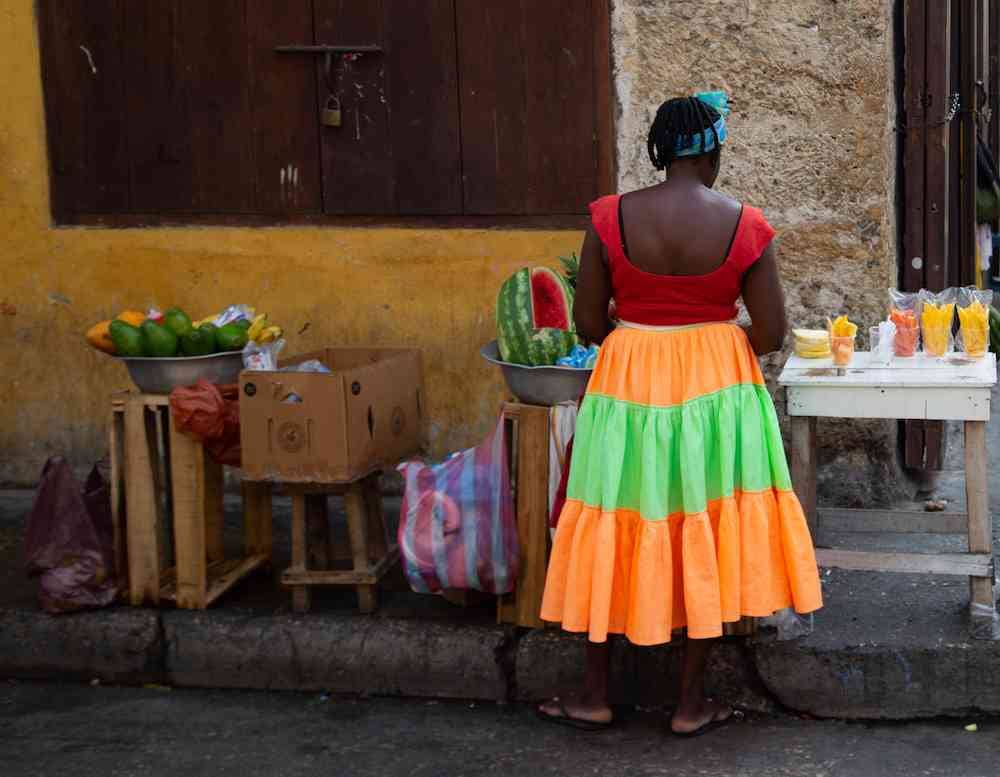
They are just some of the commuters from Palenque into the city, making ends meet while also trying to help out their hometown.
How to Visit Palenque
If you are staying in Cartagena, I highly, HIGHLY recommend a visit to San Basilio de Palenque, This town is a unique place with a lot of great history, food and music. Why wouldn’t you go?!
I personally went with Juan Ballena tours and was very happy with them. Our guide was knowledgeable, passionate, and very enthusiastic to answer any and all questions.
At the end of the day, we even got to see a live music performance in the main square, something that appears to happen relatively often in town. Dance and music are an integral part of life here – how I wish this were the case back in LA.
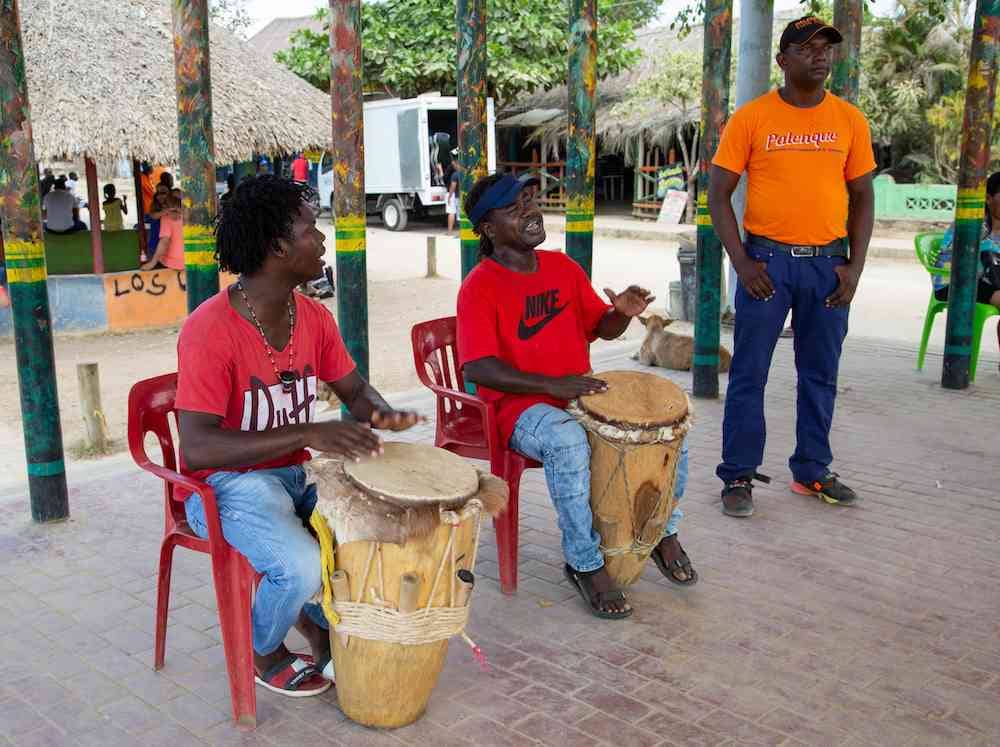
While on the tour, you will also have the opportunity to go to the music center and visit local artists. I highly, highly recommend having some extra cash on you to buy a CD or other artwork. You’ll get a great souvenir while also helping support the local arts in Palenque.
Had you heard of Palenque? Comment below!
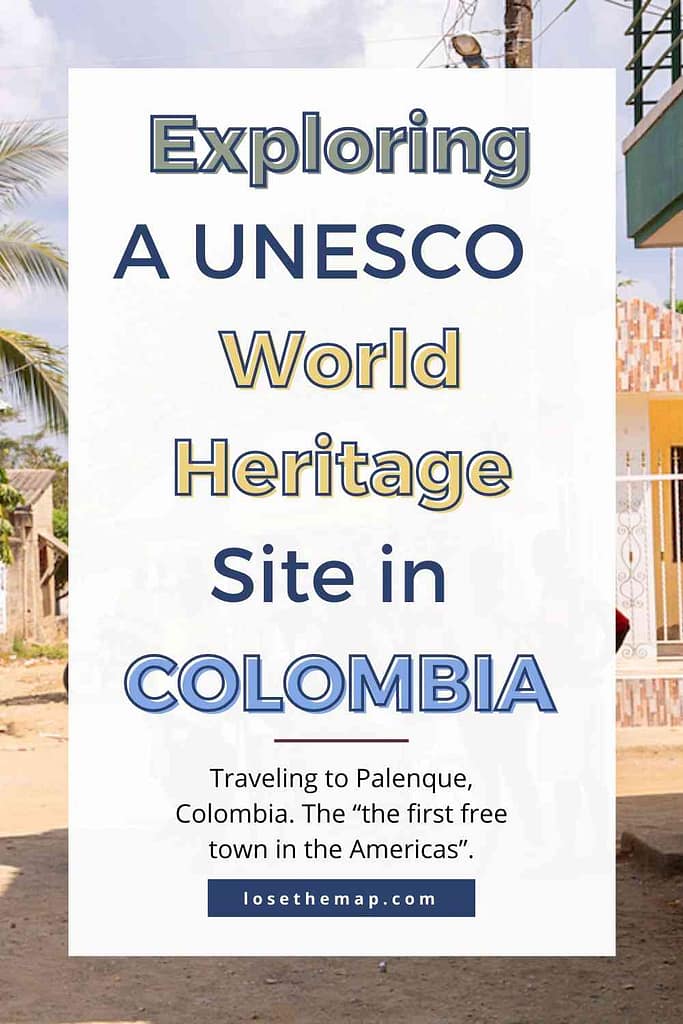

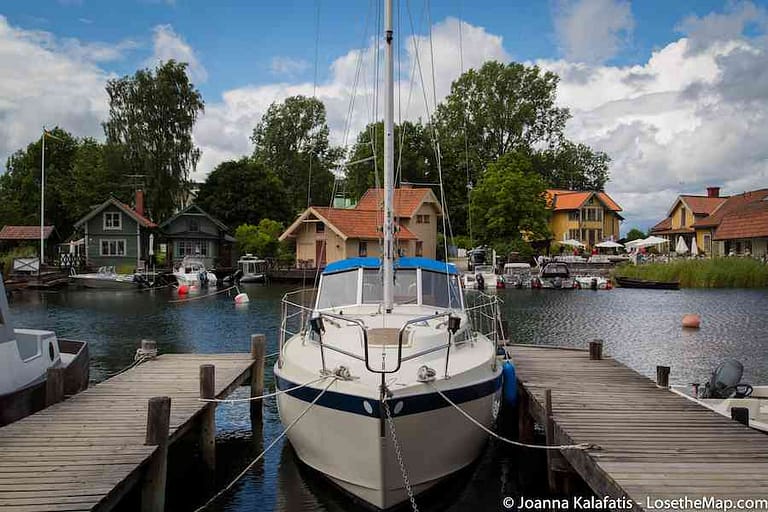
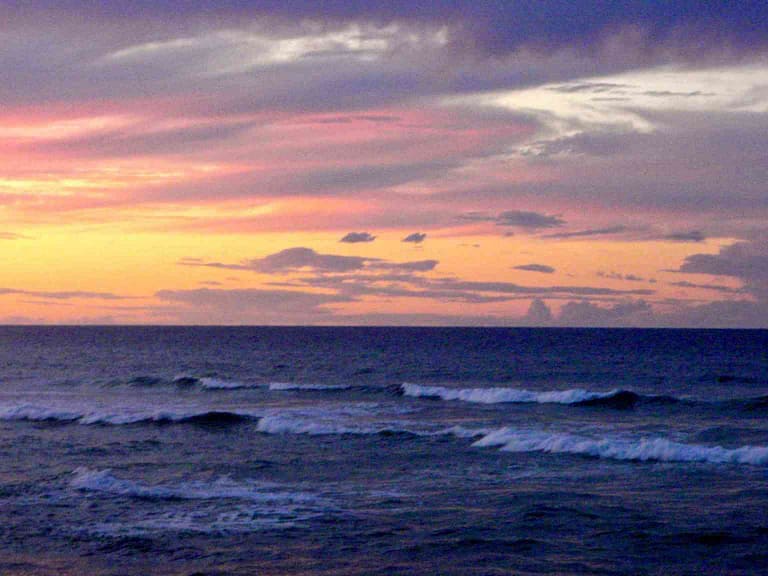
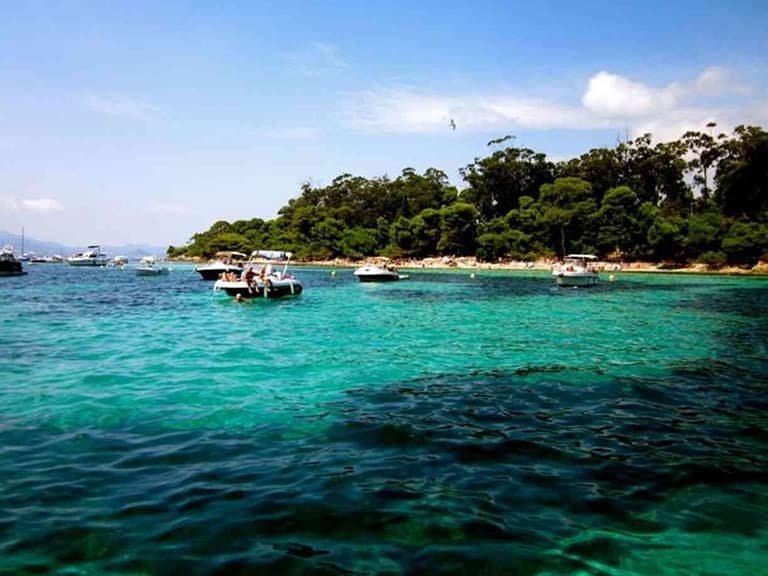
![Brazilian Martial Arts – Capoeira in São Paulo, Brazil [VIDEO]](https://mldqbk2ibrfi.i.optimole.com/w:auto/h:auto/q:mauto/ig:avif/https://www.losethemap.com/wp-content/uploads/2014/01/Capoeira-in-Brazil.png)
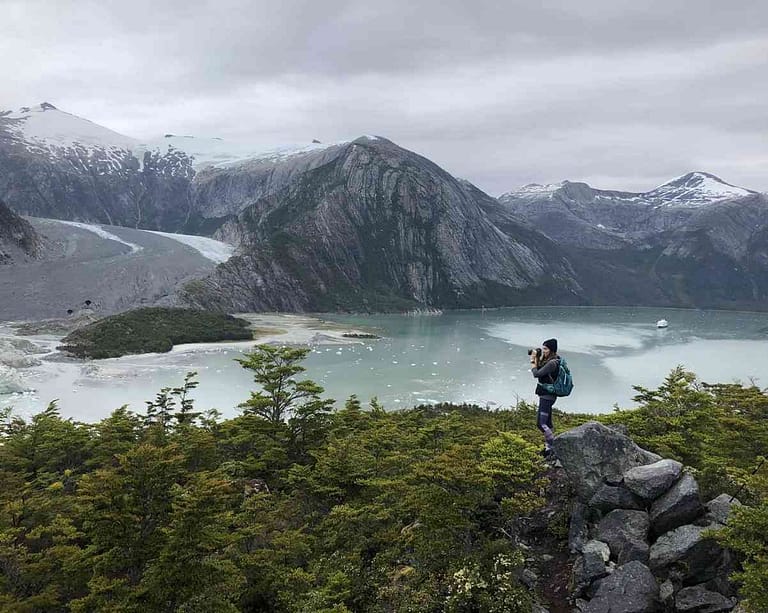
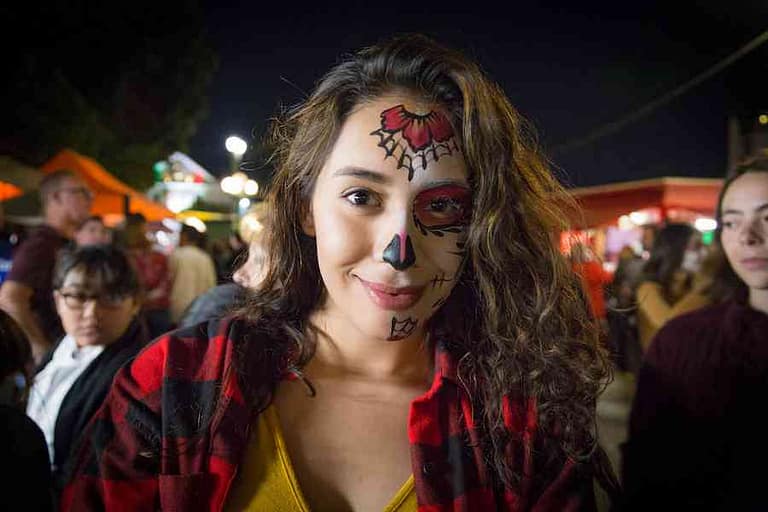
What an interesting place and raw, relevant story. I’m always so happy when I find blog posts and travel bloggers writing about both the good and difficult aspects of places instead of putting an “insta filter” on everything. Thank you!
Thank you for your wonderful comment!
THESE BRAVE AFRICANS, the Palenque people, MUST NOT LOSE THEIR CULTURE HERITAGE THAT THEY HAVE STRUGGLED TO PRESERVE SINCE 1600s!! They must not allow themselves to be deprived of their land rights and become landless! Remember, without land, you are a slave to the same European corporate masters who abducted you from your motherlands in Africa in order to make huge profits from your humanity and sweat! DO NOT ALLOW THE SLAVE MASTERS YOUR FORE FATHERS ESCAPE FROM in Cartagena to make you wear their chains again! PLEASE!!
This was LOVELY to read and dive into. Would it be ok if I needed to use some of this material or photos for a theater production…? Please let me know if/how I should lend credit to it! All the best and I appreciate the share! VIVA SAN BASILIO DE PALENQUE!!!!
Thank you so much! Sure, e-mail me at [email protected] and we can discuss what/how to use the materials.
Hi ,thank you for sharing your blog post…It so helpful!!! give me some advice.I will wait for your reply
Thank you so so much! That a lil white girl (from LA) could pack all this in 1article read is mind-blowing.
This was a very well rounded and engaging story with lovely, vivid photos and sites, monuments and people all woven in past, present and future, with a candid and vital glimpse on challenges. Again, very informative and sobering while entertaining and thought-provoking. Hats off to you. You, have a great talent. Keep it up!
Wow, this was such an eye-opening read! I had no idea about the rich history and cultural significance of San Basilio de Palenque. It’s incredible how the town has preserved its African roots and traditions despite centuries of outside pressure
https://telegramexpress.com/country/colombia-telegram-group-links/